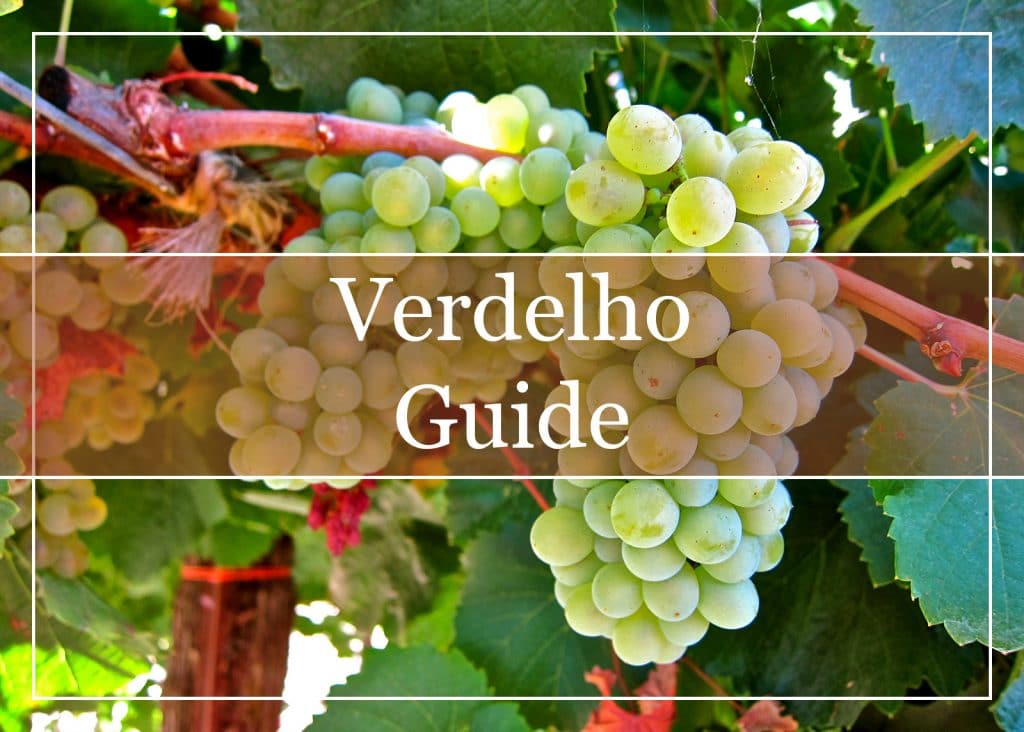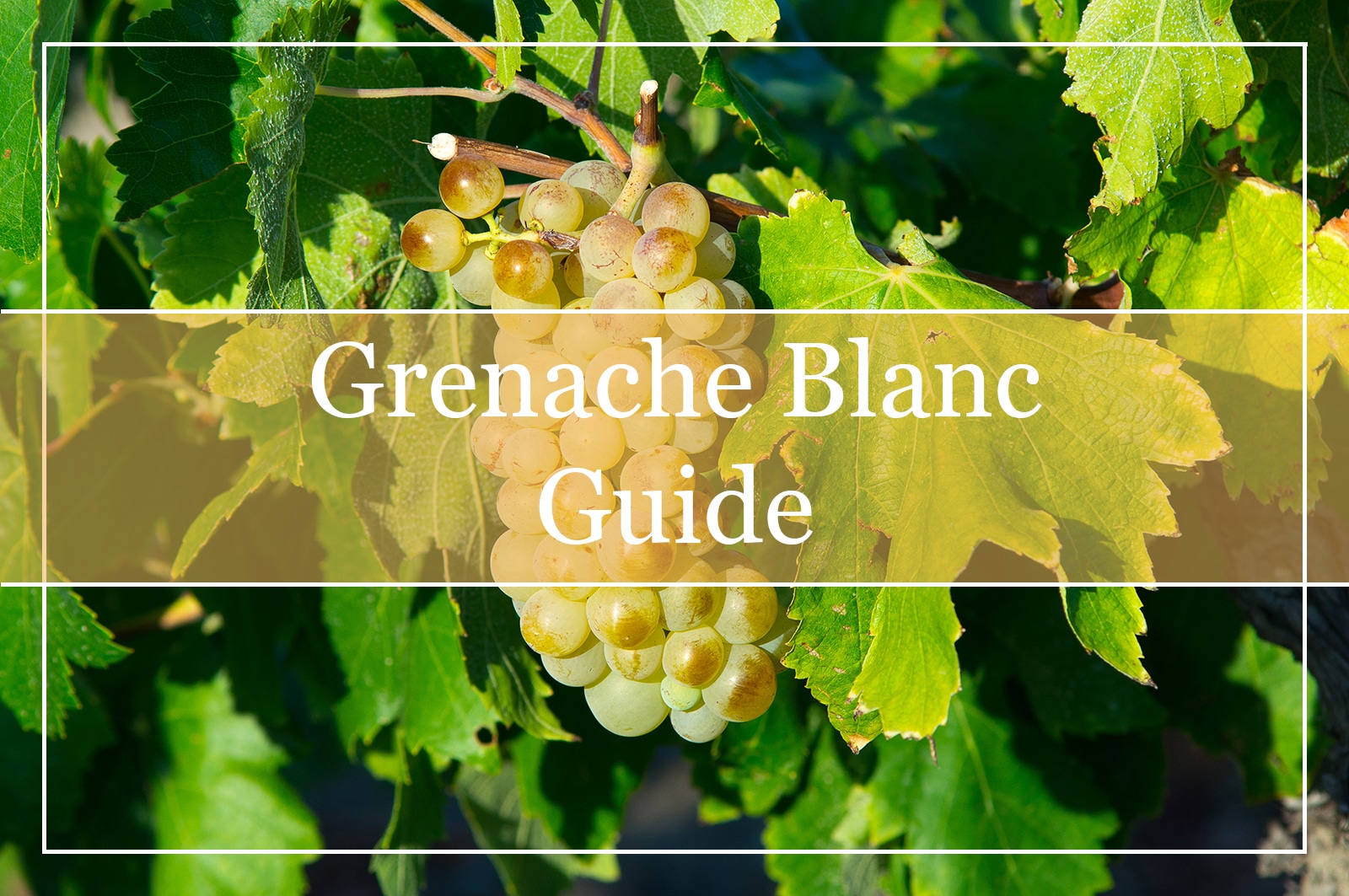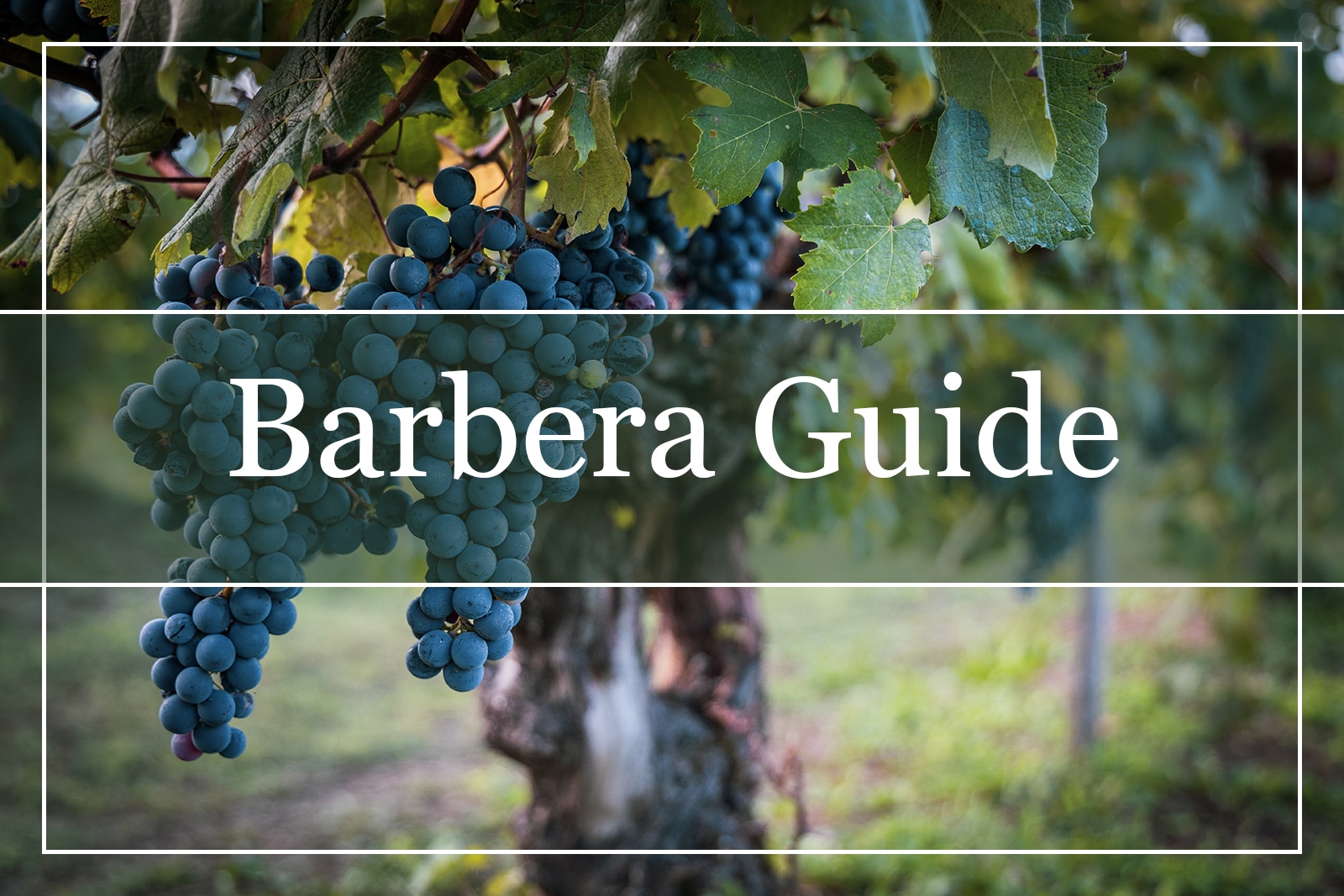What Is Verdelho?
Verdelho is a white grape variety used to produce the fortified wines of Madeira in Portugal. Up until the nineteenth century, it was the most popular planted varietal in this region, but, since then, it lost ground to the Tinta Negra Mole (also known as Negramoll), a more reliable and easier to cultivate grape.
It is still grown in Europe today, although, in Australia and the Americas, Verdelho is more prominent. There, it creates bone-dry white wines. On top of that, smaller plantings exist in Argentina and New Zealand.
Verdelho is early ripening and drought-tolerant, making it excellent for growing in the hot climates of California and Australia. Also, by ripening early, Verdelho avoids spring frosts and mildew diseases.
The Verdelho characteristics are similar to a plush Chardonnay combined with a fresh Sauvignon Blanc. Verdelho has a crisp and refreshing aromatic profile with vegetal or spicy tones. On the palate, it is just like a typical Old World white wine, with stone fruit flavors of apricot and peach, while in Australia or the United States, it exhibits citrus aromas and juicy tropical fruit tastes. Verdelho, consequently, gives from fruity, straightforward wines to extra rich and savory examples. Perfect for any occasion or on spring and summer afternoons.
What Color Is Verdelho?
In the vineyard, Verdelho vine produces small bunches of thick-skinned fruit with a greenish tone. It is a grape from the Vitis vinifera variety of the Eurasian grape species. In fact, most grapes used in wine production are family members of the Vitis vinifera. Next, up until véraison and berry ripening, Verdelho grapes are hard and thick to the touch. Véraison period, however, signals the point at which the grapes begin to ripen. At this point, the grape’s skin changes color, with Verdelho color turning crystalline and golden, developing an intense yellowish hue.
Between véraison and harvest, grapes swell and fill with water. During ripening, sugar levels rise, and the acid levels drop. Color pigments and flavor components accumulate. Warm and sunny conditions are ideal, while mild water stress inhibits soot growth, encouraging grape ripening. It is then that the Verdelho color shows an extra assortment of hues ranging from lemon-yellow to bright, shiny gold. That is an attractive appearance.
What Does Verdelho Mean?
Verdelho is grown throughout Portugal. However, it is most associated with the island of Madeira, giving its name one of the four main types of Madeira wine. It is defined as a white wine in Spain (where it is called Verdejo) with the origin of the word, deriving from some grape grown used to cultivate white grape varieties.
How to Pronounce Verdelho?
Verdelho’s pronunciation is of high importance to wine enthusiasts considering exploring the Portuguese wine industry. It is also crucial to pronounce the name of this varietal accurately in wine-tasting circles and competitions. It saves from embarrassment. Verdelho is composed of four syllables, and the emphasis falls on the second syllable. It looks like this phonetically:
vuh-deh-lee-ow
There are many helpful resources online on how to pronounce Verdelho in the form of audio and video examples if pronouncing it seems challenging.
Where Does Verdelho Come From?
Historically, Verdelho is a cultivar found as a vine planted and grown in continental Portugal before the fifteenth century. Until the nineteenth century, Verdelho was the main winemaking grape on the island of Madeira. Also, it is considered a noble grape, alongside Bual, Sercial, and Malvasia.
The island’s soil and climate were found to be ideal for the production of wine but years had to pass since the first plantings in the Late Middle Ages, where the land was cleared and enough vines planted. Verdelho started to sell commercially in the fifteenth century. Passing sailors used to drink it as a protection from scurvy due to Verdelho’s vitamin and mineral content. In the sixteenth century, ships stopping in Madeira would take numerous barrels of Verdelho aboard. At this time, it was discovered that the wine tasted better across the equator. Consequently, Portuguese producers started sending casks of Madeira wine on long sea crossing to be heated and improved by the tropical sun. By the eighteenth century, though, the heating methods had been simplified, so there was no need for long voyages.
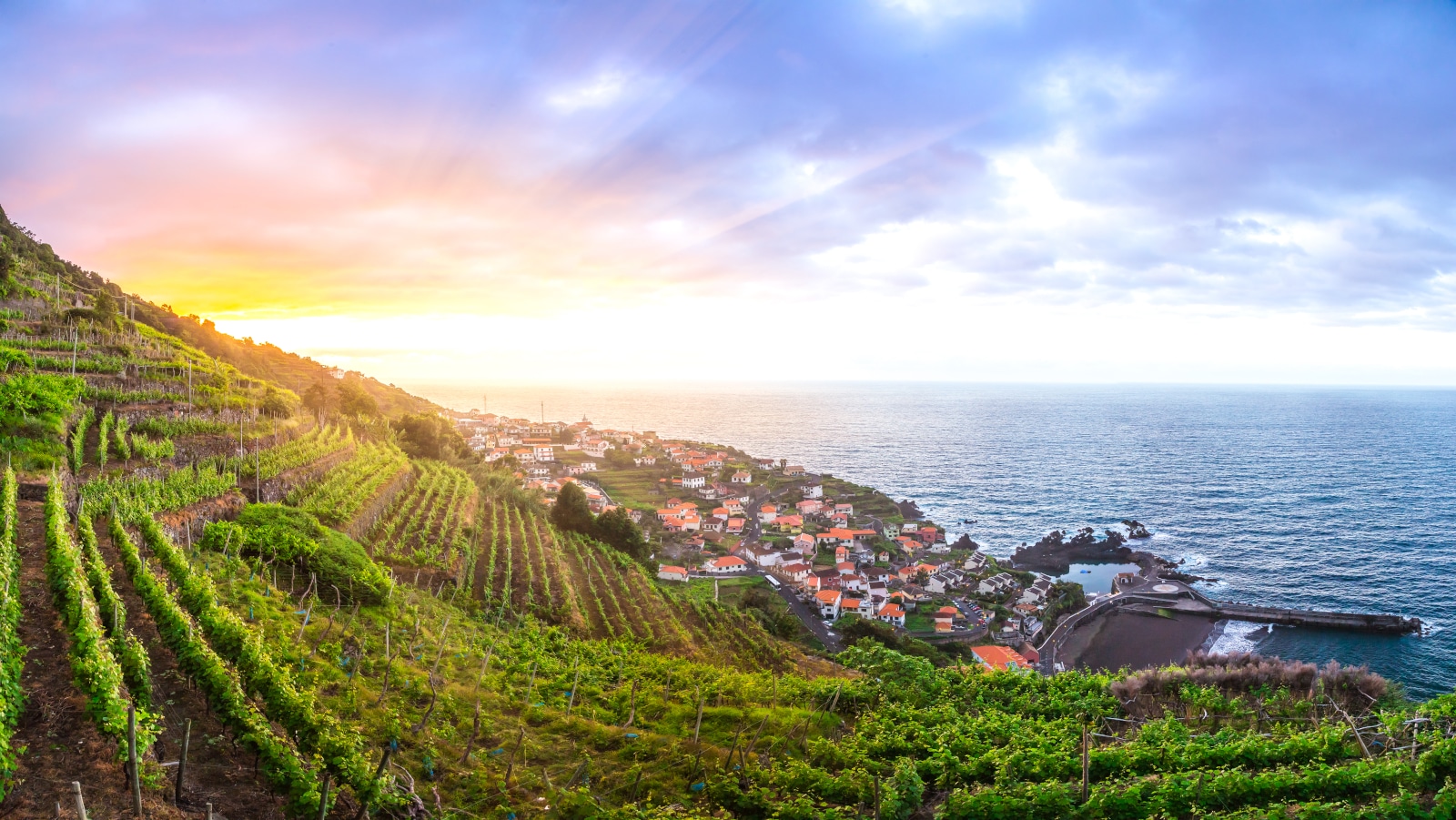
But the introduction of phylloxera (an insect pest of commercial grapevines) in the same century had a catastrophic effect on the island’s wine industry. Most of the Verdelho vineyards were replaced with Tinta Negra Mole, even though Verdelho managed to withstand the disease better than many of Madeira’s other grape varieties.
Except for Portugal, Verdelho-style wines are also found in Australia, when in the 1820s, James Busby and John Macarthur brought it to the country. Originally, Verdelho was used to produce fortified wines in the Hunter Valley until it spread to Western Australia. Today, Australian Verdelho gives mostly simple, fruit-forward wines.
Argentina, New Zealand, and the United States have significant Verdelho plantings, too. A limited amount of Verdelho also cultivates in the Savennières region f the Loire Valley in France and South Africa.
What Kind of Wine Is Verdelho?
Verdelho is almost always produced as a varietal wine that is crisp, straightforward, and fruity. Sometimes it is blended with Chardonnay or Sémillon to increase body and structure. As a fortified wine Verdelho Madeira shows a well-rounded body, rich, distinctive smoky notes, lively acidity, and high residual sugar levels. Sip it on a formal dinner, next to the fireplace, or, why not, during an ocean or river cruise reminiscent of the sixteenth-century voyages. Its warmness is inviting and widely appreciated by guests.
Is Verdelho Dry or Sweet?
Verdelho is one of those wines that is challenging to place into a specific category. In general, Verdelho, as a varietal wine, is bone-dry without the slightest indication of residual sugar. As a fortified wine, though, Verdelho Madeira is more complicated. It is what Sommeliers call medium-dry. It shows a bit of residual sugar, so it is not exactly dry but also not entirely sweet.
That said, the flavors and personality of wine depend on the winemaker’s skill and the inclination of the vineyards. The terroir plays a vital part in shaping the wine’s character. Verdelho, therefore, ranges from simple to complex, from bright to heavily structured.
What Does Verdelho Taste Like?
Verdelho tasting notes are highlighted by freshness and crispiness. That is when it comes to the wine’s varietal version. As a dry white table wine, Verdelho aromas are vivid, showing notes of green fruit, gooseberry, ginger, and honeydew. In the mouth, Verdelho taste displays flavors of ripe stone fruits, nectarine, and grapefruit. The acidity is almost always high, while the finish is clean and lean.
In Australia and the Americas, Verdelho can range from young and relatively simple to tangy, full-bodied wines that undergo barrel-aging and barrel-fermentation. The more notable, dynamic style of Verdelho is in the McLaren Vale, Hunter Valley, and the rest of Western Australia. There Verdelho flavor profile typically includes flavor descriptors of plush tropical fruits, such as pineapple and mango, lime, and grapefruit. A zippy acidity is also present, offsetting the overripe tastes, while the finish tends to be creamy, as in an oak-aged Chardonnay. On top of that, Verdelho from New South Wales has a spicy personality, showing pear and white pepper notes like a Grüner Veltliner but with less intensity.
As to the Verdelho Madeira, this wine is medium-dry or medium-sweet, if you prefer, when young. Verdelho Madeira is slightly overlooked due to the low yields in favor of the easier to produce and cultivate Sercial. Portuguese wine traditionalists seem to focus on Bual and Malmsey, as well. But this wine style exhibits some of the most pleasing tastes. By sipping Verdelho Madeira, wine enthusiasts will find notes of caramel, orange blossom, crème brûlée, dried figs and apricot, and touches of charred wood.
Verdelho sits between Sercial and Bual in terms of sweetness. It can have high acid levels when matured but often has more fruit and juiciness than other Madeira styles when drunk younger. As it ages, it develops hints of caramel as well as coffee.
How to Serve Verdelho?
Like most white table wines, Verdelho is served best in regular medium-sized white wine glasses. You do not need to purchase any extreme wine glass. That said, there is the option of using a dessert wine glass, such as the ones used in Port, if serving a Verdelho Madeira. In this way, the flavor intensity of the wine is concentrated into a small space, resulting in a much more powerful wine-drinking experience.
The best temperature to serve Verdelho is forty to fifty-five degrees Fahrenheit (seven to twelve degrees Celsius). By chilling it, the wine’s tangy flavors get refreshing and are perfect for days when the sun is high. Decanting is an option, too, but it is required. It will not necessarily help the wine unlock additional aromas and flavors.
To keep Verdelho refreshing, you must ensure that it stays cool during serving. To do this, use an ice bucket or wine cooler. The bucket should be filled three-quarters full with equal quantities of ice and water so that iced water surrounds the bottle. Then, the water can transfer the heat from the bottle to melt the ice. Air acts as an insulator, and the bottle chills. That said, be careful and do not over-chill the wine. Otherwise, the flavors of Verdelho become thin, almost empty.
Suitable for Long-term Storage
Even though Verdelho wines are not designed for aging and are best consumed young, there are cases where you would want to put a Verdelho away for long-term storage. If the wine is a medium-dry Verdelho Madeira with high residual sugar and has also undergone barrel-fermentation before bottling, it is safe to try to mature it.
If you choose to do so, the wine should be sealed with a cork and stored in an environment with room temperatures that do not fluctuate (fifty to sixty degrees Fahrenheit or ten to fifteen Celsius) and a portion of humidity.
Direct sunlight or artificial light should be kept at bay, as they may cause irreversible damage. Intense exposure to light rearranges the chemical compounds found in wine, like oxygen and temperature, and causes wine faults. That means that the wine ages prematurely, and its aromas, flavors, and even color change for the worse. The resulting wine is known as light-struck.
Odors also must be avoided, as they might find their way inside the bottle. If they do, they usually instill unwelcome aromas and flavors, like intense animal sweat or vinegar. However, do not let the wine mature over five years. It will become too sweet and develop uncomfortable animal sweat and vinegarish flavors.
How Long Should Verdelho Breathe?
Verdelho can range from light to medium to full-bodied wine. It could be served with little to no aeration or left in the glass for up to half an hour. Decanting it, as mentioned above, is not essential, but it would show off the attractive amber or tawny color of Verdelho Madeira. Some air, therefore, will help revitalize some of the secondary and tertiary notes, such as nuts, dried fruits, and smoke hints.
What Food to Pair With Verdelho?
Verdelho Madeira is very versatile because it enhances the flavor intensity of both sweet and savory dishes. For starters, however, keep in mind that Verdelho can be served as an aperitif, too. So, it is a perfect sipper after a tough day at work.
Do try to combine Verdelho with light appetizers, like sesame and breadsticks, or some fresh fruit such as apples and grapes. On top of that, the wine is an excellent accompaniment to Espada, one of Madeira’s traditional dishes. Espada consists of a delicate white fish served lightly battered, and it is accompanied by banana fried in butter and a fresh summer salad. Fish tacos are also a fantastic option, as well as shellfish, particularly oysters.
As a final note, the tropical fruitiness of a New World Verdelho makes it an ideal partner to spicy Asian dishes. Consequently, Verdelho food pairing is not challenging. It is a matter of fresh ingredients commonly found in Portuguese and Mediterranean cuisine.
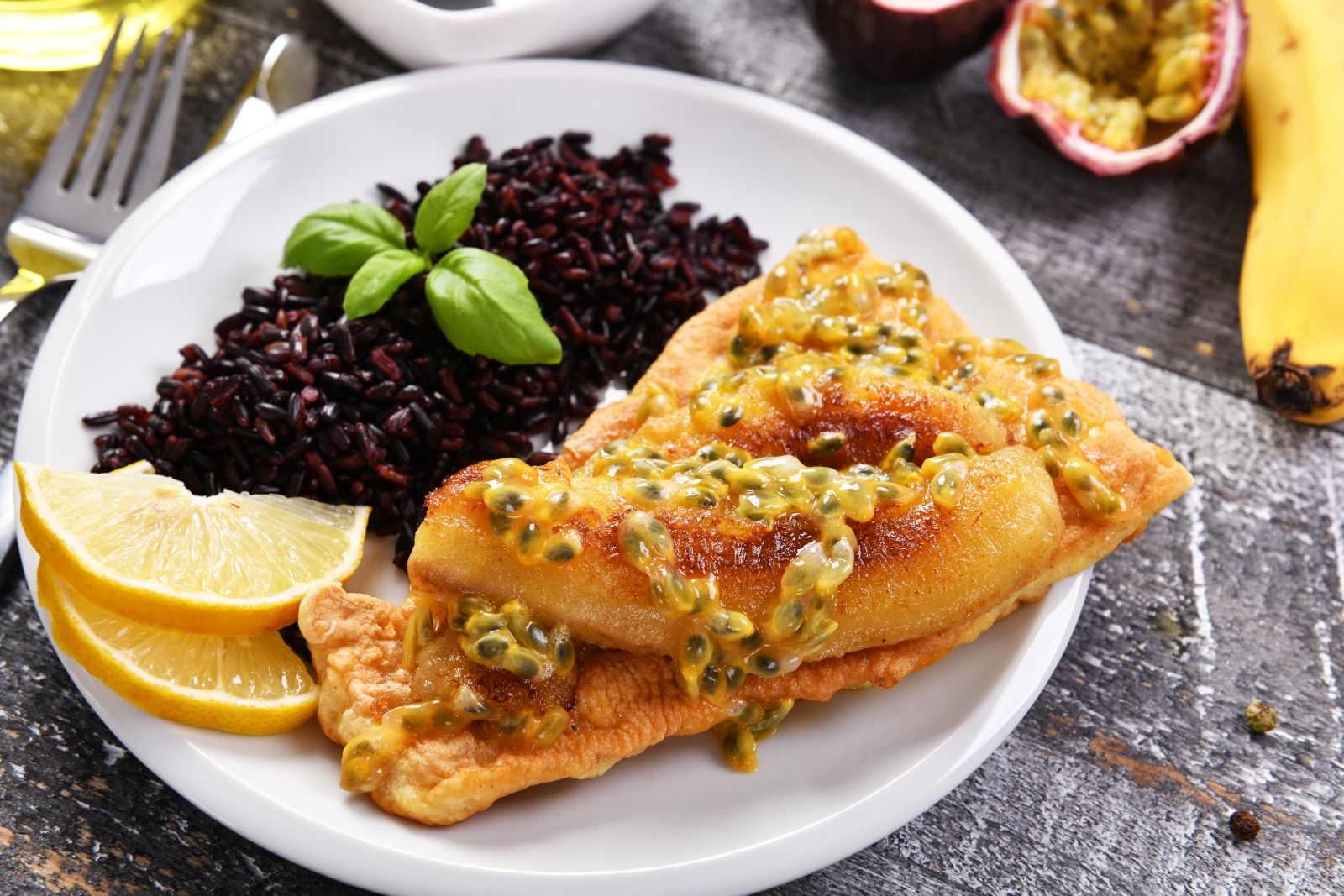
Verdelho Cheese Pairing
Verdelho accompanies rich cheeses exceptionally well, such as Danish Blue, Silton, Camembert, and extra ripe Brie. The semi-soft creamy cheeses match with the wine’s silky texture, especially if Verdelho has seen barrel-fermentation. Serve the cheeses on a cheese board or as dips along with crackers, chutneys, or other preserves.
How Much Alcohol Does Verdelho Have?
Verdelho Madeira has a high alcohol concentration due to being a fortified wine. The Verdelho alcohol content is in the range of 13.5 to 15% ABV. On that note, do try to check the label before purchasing the wine for additional precision. And remember to experience the wine responsibly.
How Many Calories Are There in Verdelho?
Since alcohol and residual sugar are the components increasing calories in beverages, expect Verdelho Madeira, as a fortified and medium-sweet wine, to have a high caloric density. The carbs in Verdelho are in the range of 1 to 7 per glass, while the calories range from 20 to 27. Residual sugar is also high ranging from 12 to 40 grams per serving. Consumers on a diet, consequently, should be aware of Verdelho’s calorie and sugar concentration.
Conclusion
Verdelho is a notable grape varietal. It gives one of the most acclaimed fortified wines in the history of the wine industry, the Portuguese Verdelho Madeira. And it is cultivated in many wine regions across the globe, producing crisp and refreshing varietal wines. Additionally, Verdelho has played a significant role in expanding the knowledge of wine maturation and aging during the sixteenth-century voyages.
With a flavor profile ranging from fresh green fruit aromas and flavors to rich stone and tropical fruit notes, and a luscious texture, Verdelho offers memorable experiences. So, do not overlook it, but give it an honest chance, as Verdelho shows distinctive dynamism and boldness in every sip.

